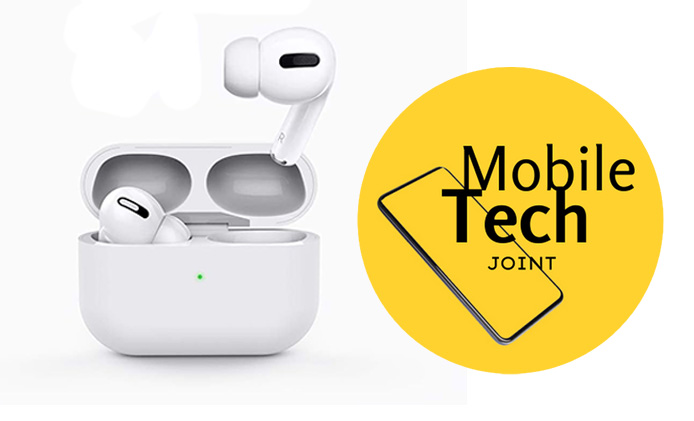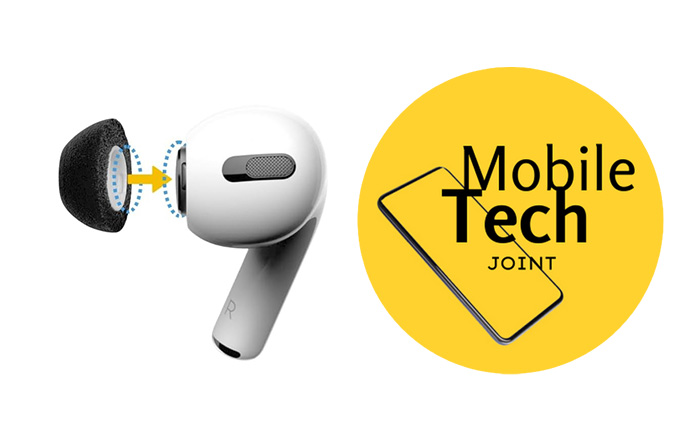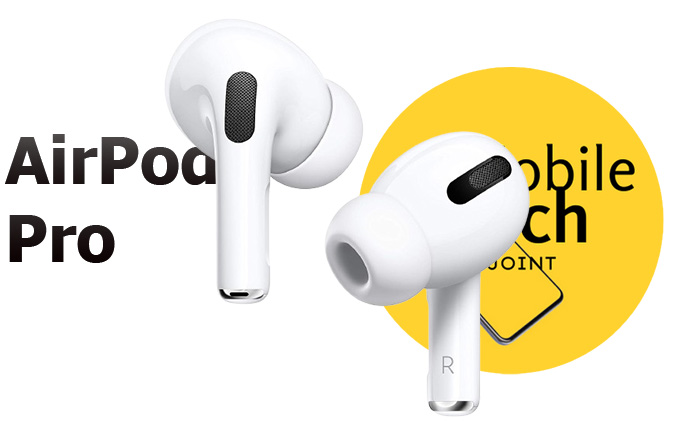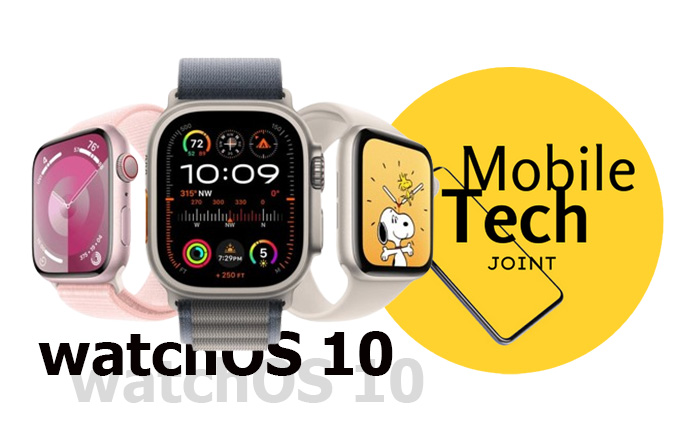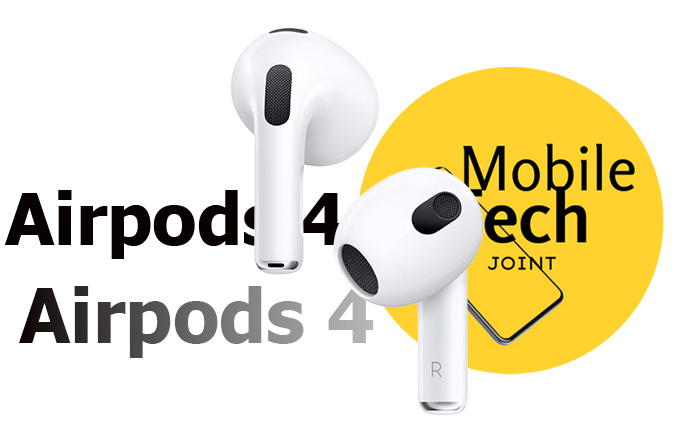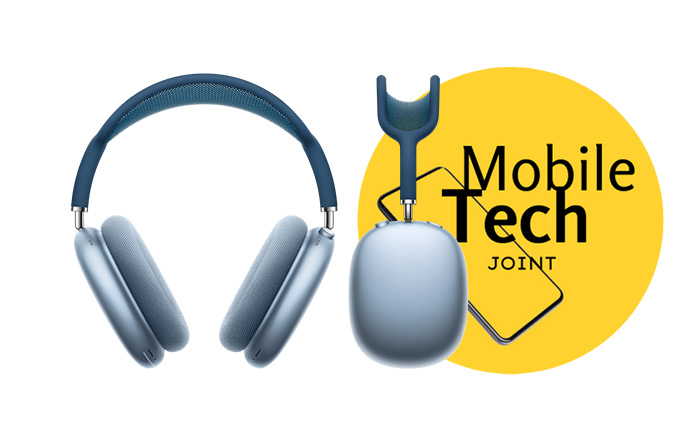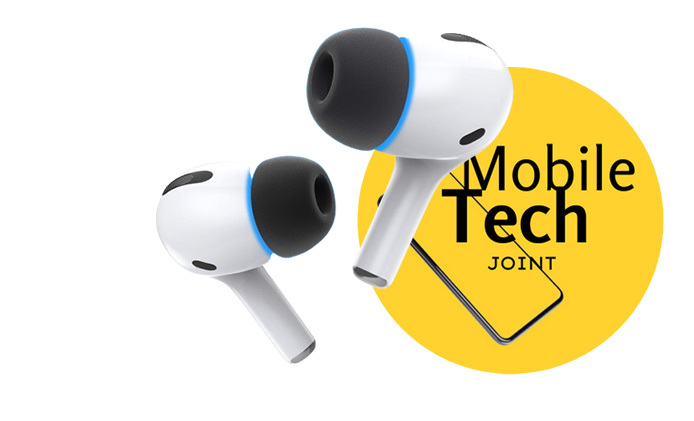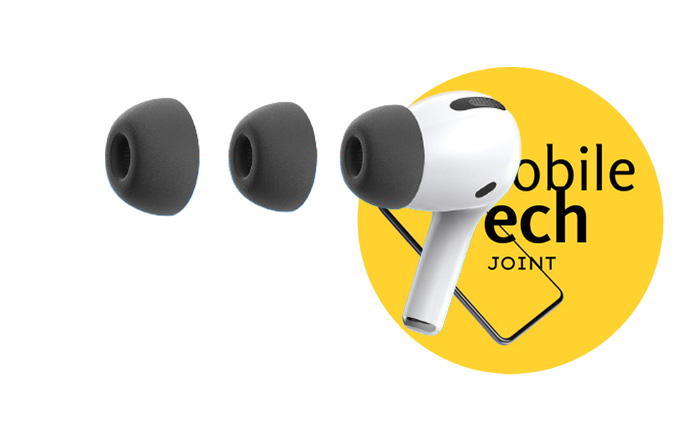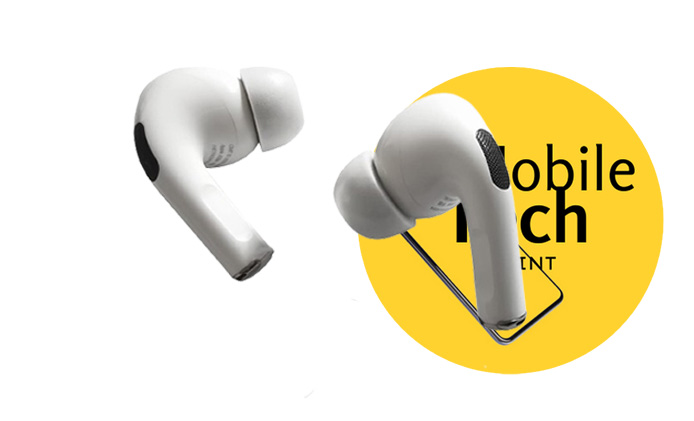Apple’s AirPod Max have quickly gained a reputation for their superior audio performance and sleek design. In this review, we’ll delve into three features that significantly enhance their sound quality and highlight one notable drawback.
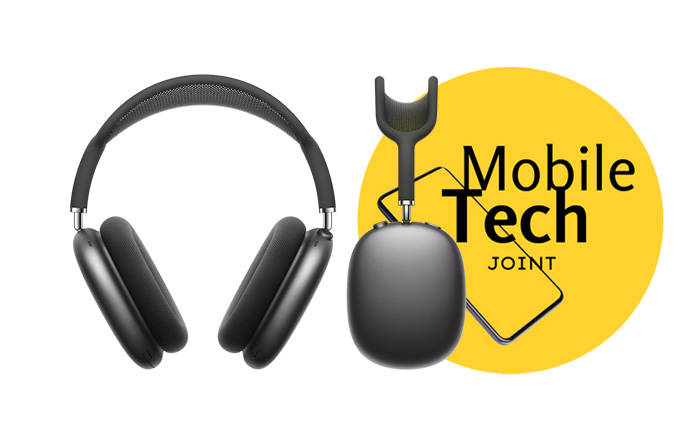
1. Exceptional Active Noise Cancellation
The AirPods Max uses advanced noise-canceling technology to block out external sounds effectively. This feature is perfect for music lovers and professionals who need an immersive, distraction-free listening experience. Whether you’re on a noisy commute or in a bustling office, the AirPods Max keeps the world at bay.
Active Noise Cancellation (ANC) in the AirPods Max is powered by each ear cup’s three outward-facing microphones that detect environmental noise and one inward-facing microphone that monitors the sound reaching the ear. These microphones work with Apple’s custom-designed H1 chips in each ear cup to continuously adapt and respond to the noise in real time. This allows for an incredibly quiet and immersive listening experience, perfect for those who want to focus on their music, podcasts, or calls without any interruptions.
2. Immersive Spatial Audio with Dynamic Head Tracking
The Spatial Audio feature creates a surround sound experience, making you feel as if you’re in the middle of the action. With dynamic head tracking, the audio adjusts based on your head movements, providing a realistic and immersive soundstage.
Spatial Audio with dynamic head tracking uses the built-in gyroscope and accelerometer in the AirPods Max and your iOS device to track the motion of your head and your device. This enables the headphones to create a three-dimensional soundstage that remains anchored to your device even as you move your head. It makes watching movies and TV shows a more immersive experience, as the sound seems to come from all around you, similar to a movie theater experience.
3. Adaptive EQ for Personalized Sound
The adaptive EQ customizes the audio output based on the shape of your ears. This personalization ensures that every note and beat is delivered with precision, offering a richer and more enjoyable listening experience.
Adaptive EQ in the AirPods Max measures the sound signal delivered to the user and adjusts the low and mid-frequencies in real time to account for the fit and seal of the headphones. This personalized sound tuning provides a consistent listening experience, regardless of the shape of your ears or the fit of the headphones, ensuring that you always hear your music the way it was meant to be heard.
4. The Price Tag: A Notable Drawback
The significant cost of the AirPod Max may deter some buyers. While the sound quality is exceptional, the price is steep compared to other high-end headphones. Potential buyers need to weigh whether the premium sound justifies the cost.
Retailing at a premium price point, the AirPods Max are among the most expensive consumer headphones available. This high cost may be justified by their high-end materials, advanced audio technologies, and seamless integration with Apple’s ecosystem. However, for many potential buyers, the price tag might be a significant barrier, especially when there are other high-quality headphones available at a lower cost. It’s essential to consider whether the additional features and benefits of the AirPods Max align with your personal needs and budget.
Comparing Sound Quality to Competitors
Compared to other high-end headphones like the Sony WH-1000XM4 and Bose 700, the AirPods Max stand out with their noise cancellation and Spatial Audio features. However, competitors offer similar sound quality at a lower price point.
In comparison tests, the AirPods Max often excel in areas such as build quality and the seamless integration with Apple devices, including features like Spatial Audio. However, competitors like the Sony WH-1000XM4 and Bose 700 also offer exceptional sound quality and effective noise cancellation, often at a more affordable price. These alternatives may lack some of the premium materials and exclusive features of the AirPods Max, but they provide excellent performance and value for money.
User Experiences and Reviews
Users and experts alike praise the AirPod Max for their superior sound quality and effective noise cancellation. However, some criticisms focus on the high price and weight of the headphones, which can impact comfort during extended use.
User reviews frequently highlight the impressive audio quality, noise cancellation, and overall build quality of the AirPods Max. Many users appreciate the premium feel and the advanced features, such as Spatial Audio. However, some users have noted the weight of the headphones as a potential downside, particularly for long listening sessions. Additionally, the high price is a common point of criticism, with some users feeling that the cost is not entirely justified by the features and performance.
Ideal Use Cases for AirPods Max
The AirPods Max excels in various scenarios, from daily commuting and air travel to focused work sessions and home listening. Their features cater to different environments, ensuring consistent high-quality audio.
For daily commutes and travel, the Active Noise Cancellation feature provides a sanctuary from the surrounding noise, making the AirPods Max ideal for use in noisy environments. In work settings, the high-quality microphones and noise-canceling capabilities make them perfect for conference calls and focused work sessions. At home, the immersive Spatial Audio enhances the experience of watching movies or listening to music, providing a theater-like sound experience.
Final Thoughts on Sound Quality
The AirPods Max impress with their noise cancellation, Spatial Audio, and adaptive EQ. While the price is a drawback, the sound quality and features make them a strong contender in the high-end headphone market.
The combination of ANC, Spatial Audio, and Adaptive EQ creates a highly refined listening experience that sets the AirPod Max apart from many competitors. These features work together to deliver clear, immersive sound, tailored to the listener’s unique preferences and environment. Despite the high price, the overall performance and quality of the AirPods Max make them a worthwhile consideration for audiophiles and those deeply integrated into the Apple ecosystem.
Conclusion
The AirPod Max offer exceptional sound quality and innovative features, but their high price may not suit everyone. Consider your listening habits and budget to decide if these premium headphones are the right choice for you.
In summary, the AirPods Max stand out in the crowded headphone market with their top-tier sound quality, advanced features, and premium build. However, the substantial price tag is a significant factor to consider. Potential buyers should weigh the benefits of the AirPods Max against their personal listening needs and financial considerations to determine if these headphones are the best fit for them.
Also Check:
